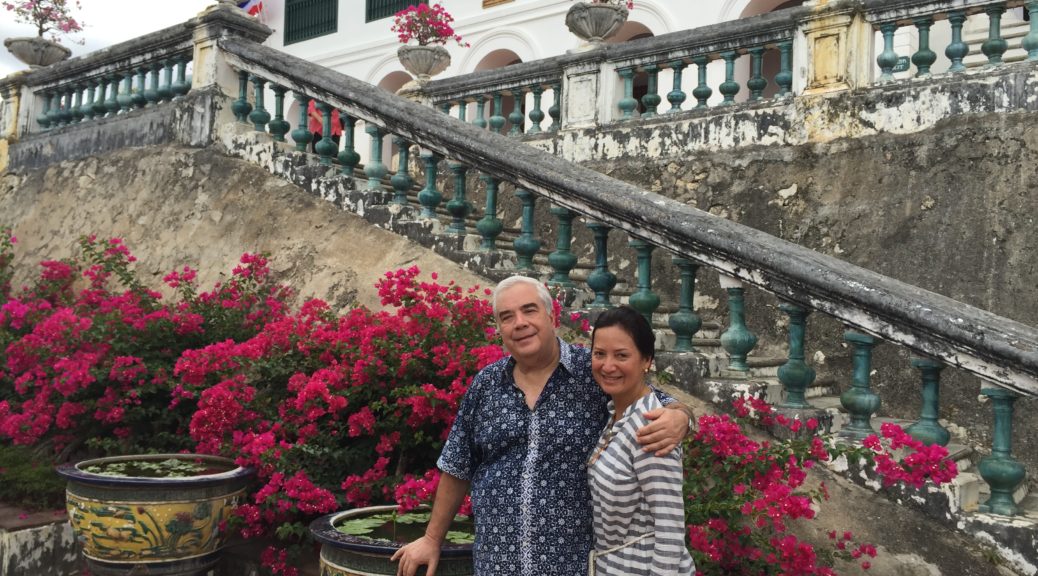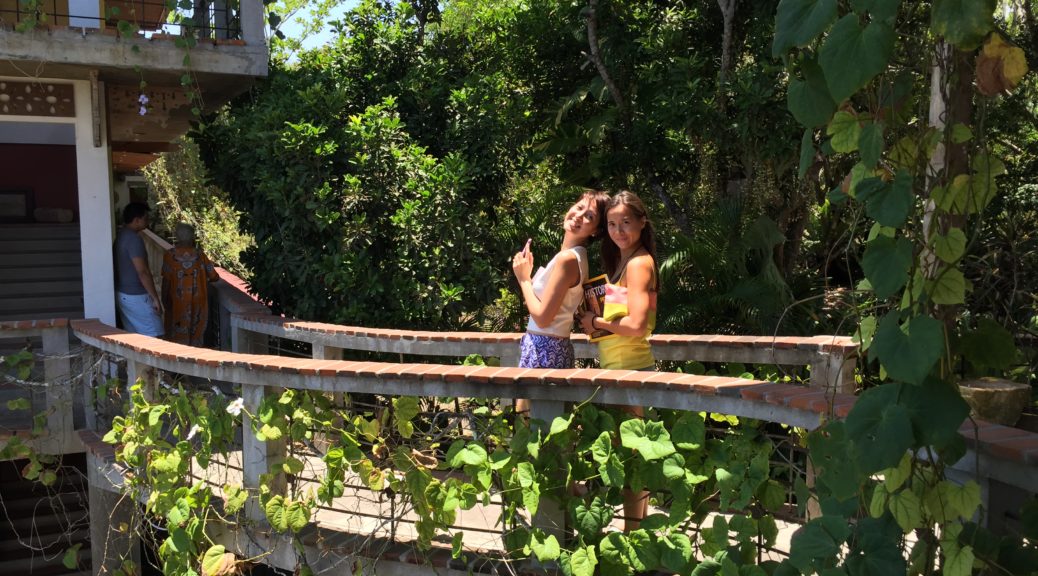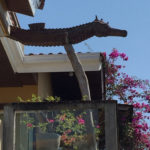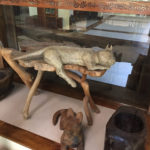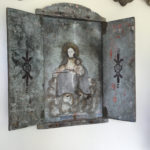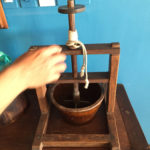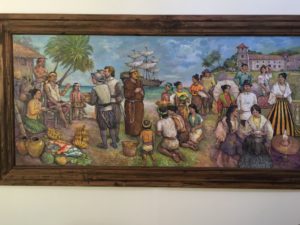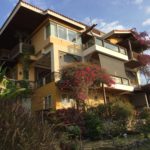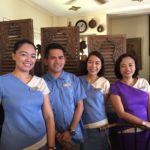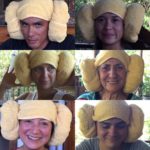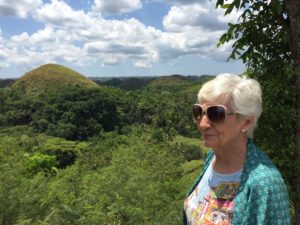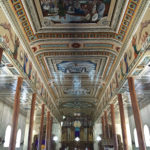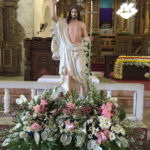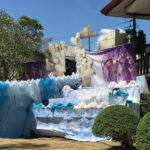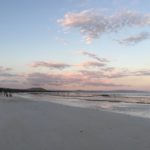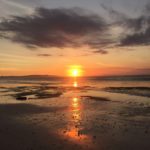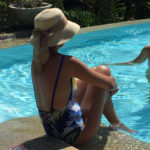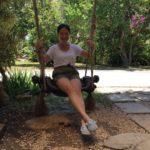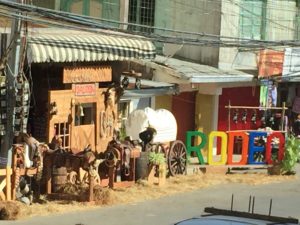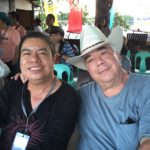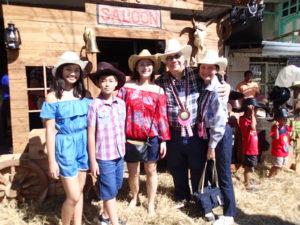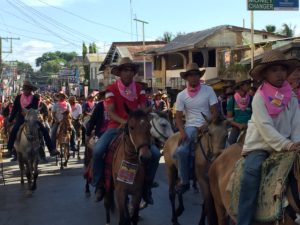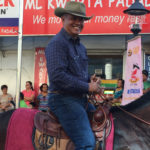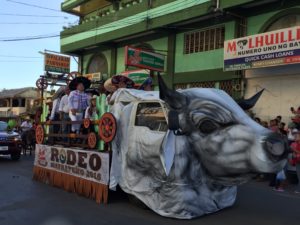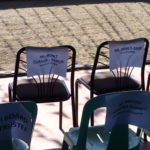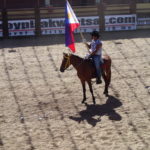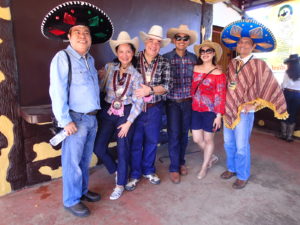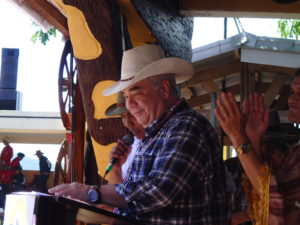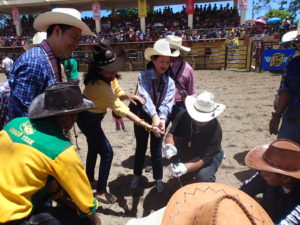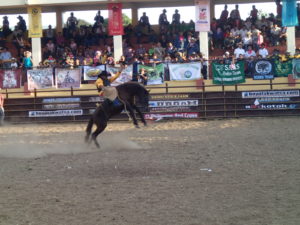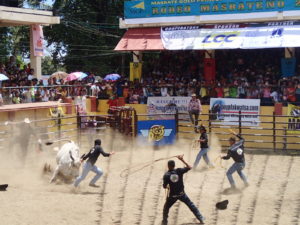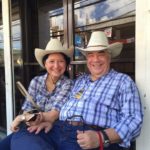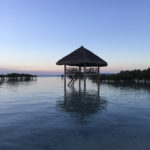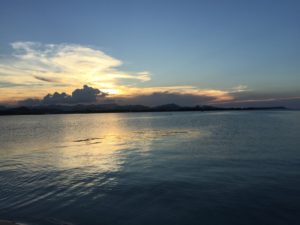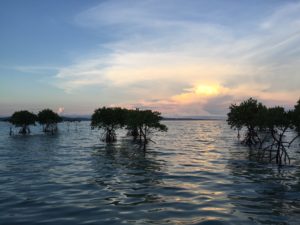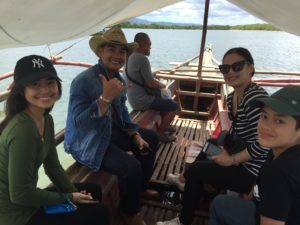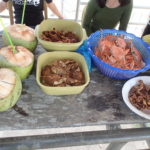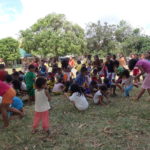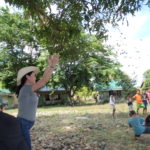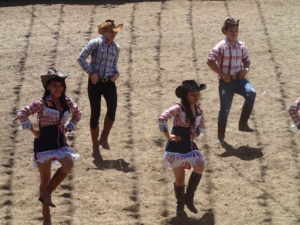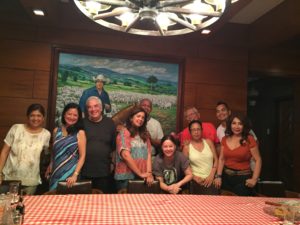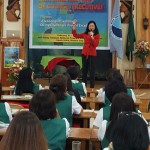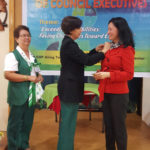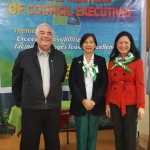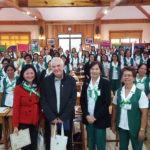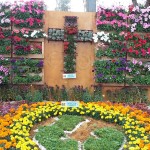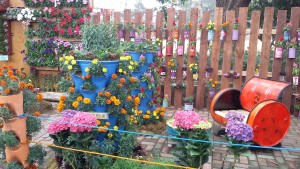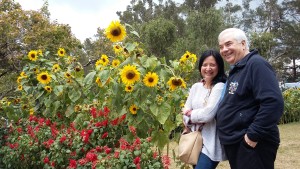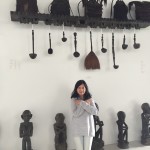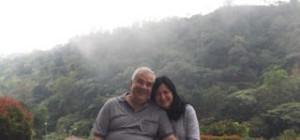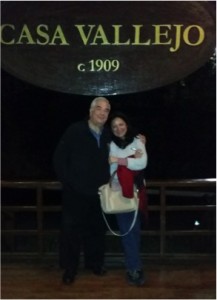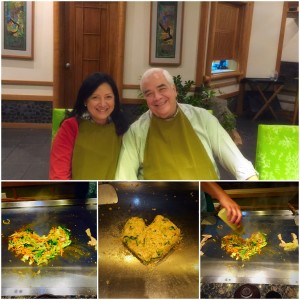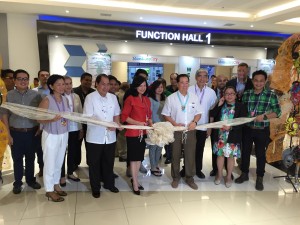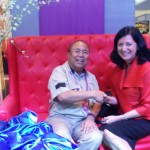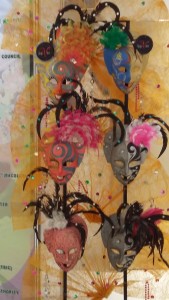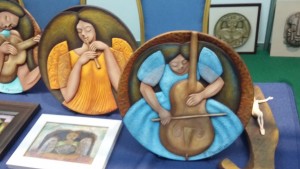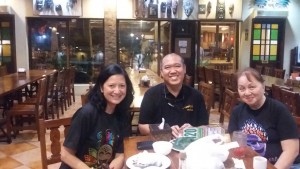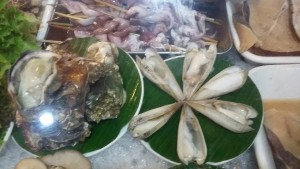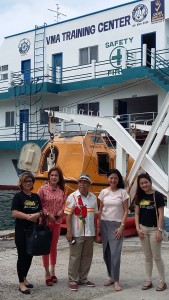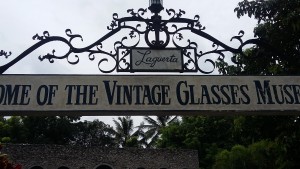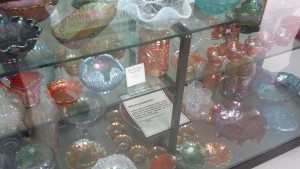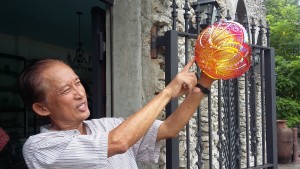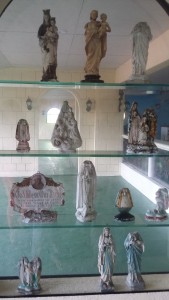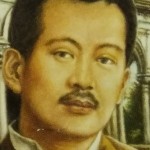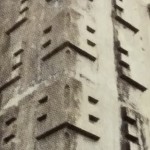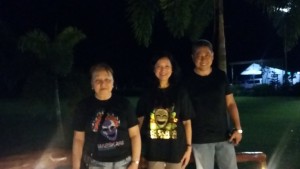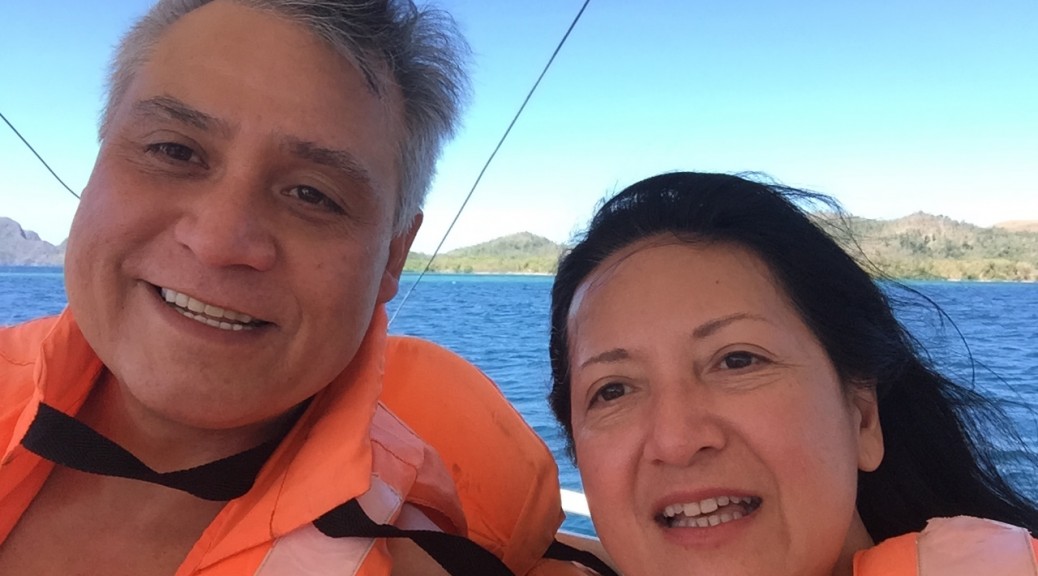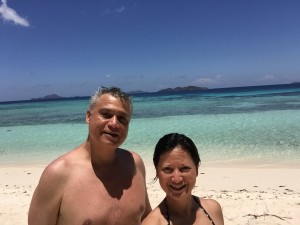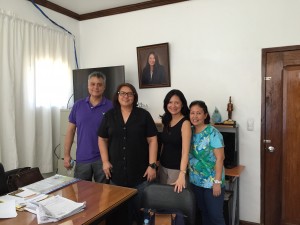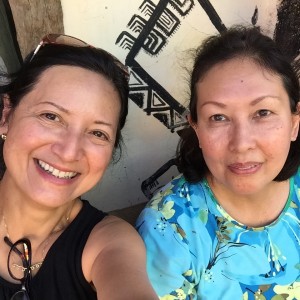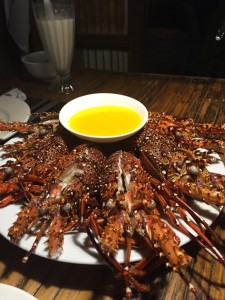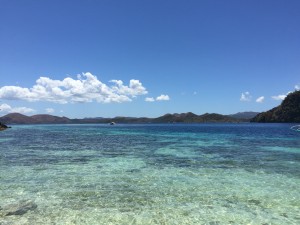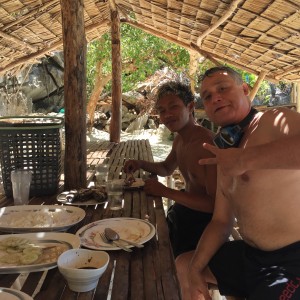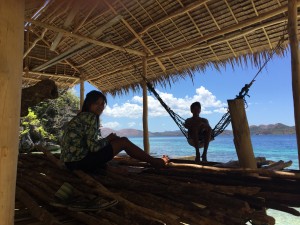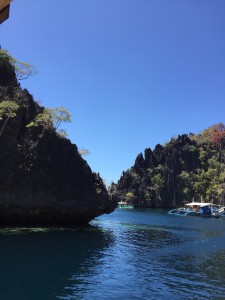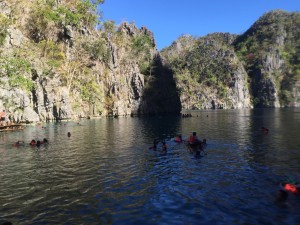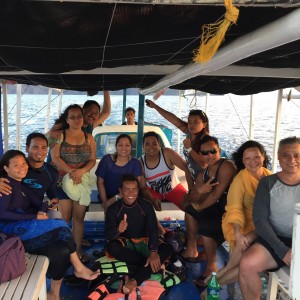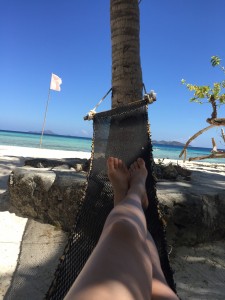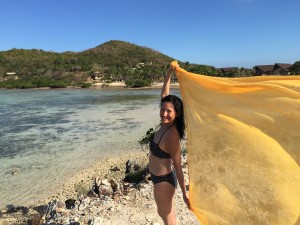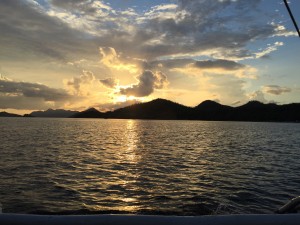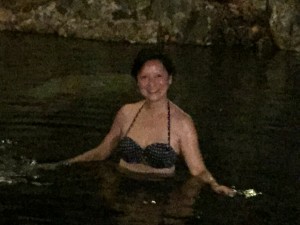You never really know someone until you travel with him. Last week, Andre and I traveled to Hua Hin, Thailand. This was our first international trip together. Andre had made all of the arrangements for the trip. All I knew were the dates and that we were going to Thailand.
Leading up to the trip, I was busy with work and hence did not pay much attention to the itinerary, other than it was a summer trip by the beach and that it was going to be exceedingly hot. This meant I needed to load up on resort wear: shorts, swimsuits, sunglasses and sunblock lotion. I thought I had everything packed up and ready until Andre picked me up and handed me a hat to shield me from the sun. He also surprised me with matching bag tags with a yellow duck design to make it easier to spot the suitcases as they came off the baggage rack. What a neat idea!
At the Mabuhay Lounge, we enjoyed Philippine Airlines’ famed arroz caldo, which we finished off with a banana-langka turon, both our favorites. The night before I had taken my children and their cousins out to dinner at Vask Tapas Bar to welcome Patricia, my sister’s only daughter who was visiting from the U.S. I woke up early the next day to prepare breakfast for the cousins who were going on a day trip to the beach.
With very little sleep the night before, I kept dozing off during the flight to Thailand and the three-hour drive from Bangkok to Hua Hin. Andre had arranged for a private car to bring us to the Sheraton Hua Hin Resort & Spa, where we were billeted. Because he is an SPG (Starwood Preferred Guest) member, we were upgraded to a Starwood Prestige Room with pool access. We arrived late at night and couldn’t find our bearings at first.
Tired and hungry from traveling, we took a buggy back to the main building to search for a restaurant that was still open. Vast as it was, the hotel seemed deserted, as all the outlets we passed were empty. We finally found Luna Lanai, an outlet by the beach serving authentic Thai dishes. The first night we had vegetable spring rolls and a mild scallop curry. It lacked a bit of flavor so we asked for condiments and chilli fish sauce to spice it up. Nevertheless, it was delicious!
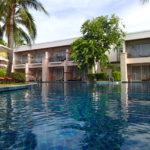
We woke up to a beautiful sunny morning. Opening the curtains of the room, we saw that we had our very own lanai by the pool, as well as, a jacuzzi. Just beyond, there seemed to be a little island with a tower encircled by nine white elephant heads. Ravenous, we walked to The Deck where a sumptuous breakfast buffet was laid out. The fresh fruits not only looked gorgeous, they were delicious too.

Walking back to our room, we spied a striking yellow, orange and green house with white windows. It was tilted on its side, seemingly about to fall down. Ever young at heart, we could not resist but take photos holding up the house, which was part of the Star Club for children. Soon, other adults followed suit and also had their photos taken.
Back in our room, the water beckoned invitingly, and we quickly changed into our swimwear and slipped into the pool. Exploring, we realized that the low-rise rooms were built surrounding the swimming pool, which wound around a central island. At one end was the Sheraton main building where the Deck was, and at the other end was the beach.
For lunch, we headed back to the Luna Lanai, where we enjoyed a delicious roasted duck red curry with baby eggplants, cherry tomatoes and lychees; fried red snapper fillet with sweet chilli sauce and mint leaves; and rum raisin ice cream for dessert. We spent the rest of the day swimming and then visited the Spa for a foot massage.
Thoroughly relaxed, we remembered that we had access to the Sheraton Starwood Lounge. We entered to be greeted by the cheerful and ever-smiling chubby receptionist Warisara with a “Happy hour closing in five minutes.” What followed next was a whirlwind of activity. Responding quickly to Andre’s “Here’s the drill, Monette; they’re closing in five minutes so load up,” we took two of each item they had on the buffet, bringing it to our little corner table. We were laughing so hard as we had taken identical items, which we then enjoyed leisurely over sparkling wine.
The next day, Andre had arranged for a day tour to Pretchaburi, which included a visit to the oldest temple, a cave and the king’s summer residence. Pretchaburi was an hour’s ride away, going back in the direction of Bangkok. Naan, our lady guide, was quite conversant with English and knowledgeable about the places we were to visit.
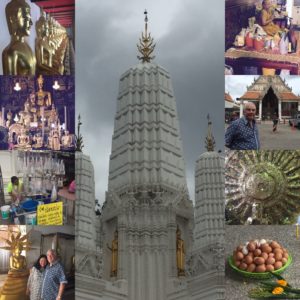
Our first stop was Wat Mahathat Woravihara, the oldest royal temple built over 700 years ago during the Sukhotai period. The Khmer-styled sanctuary consisted of five prangs, the tallest of which at 42m high was decorated in white stucco and housed relics of the Lord Buddha. Inside the royal temple, a Buddhist monk sat on a raised platform chanting aloud in a monotonous tone, while worshippers knelt bearing their offerings to Buddha. Offerings came in various forms, from incense, hard-boiled eggs, garlands of colorful flowers, and gold leaf, to live fish, frogs and snakes, and even performances by a traditional troupe of women singers and dancers.
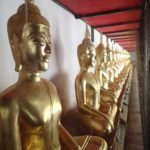
Touring us around, Naan explained that the hundreds of symmetrical Buddhas that lined the temple were actually donations by rich families in the olden days and served as tombs for the ashes of their ancestors. We learned that Buddha was portrayed in seven different positions, one representing each day of the week. I was born on a Tuesday, which meant my Buddha was a reclining one. Quite apt, Andre remarked since I would sleep all the time. Born on a Friday, Andre’s was a standing Buddha with hands folded on his chest.
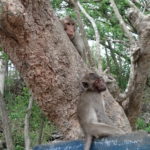
From the temple, we drove to the Khao Luang Cave, an ancient cave with stalactites and stalagmites where King Rama IV had worshipped and placed Buddhas. Monkeys could be seen roaming around in abundance, gazing at us nonchalantly and going about their daily routine.
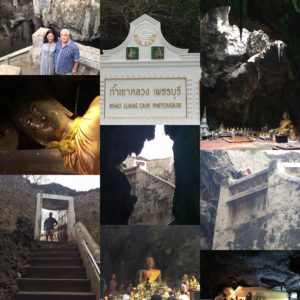
Naan warned us that there were 98 steps we had to traverse to visit the cave. She was not kidding! The steep stairs with worn steps seemed to go on forever. Andre decided to stay behind in the first chamber and told me to go on with Naan. The caves consisted of three chambers, the largest of which housed several Buddhas. At one end was a huge reclining Buddha, and on the other end a serene Buddha in sitting position. A female monk tended to the candles, while devotees prayed and made their offerings. Sunlight filtered in from a gap in the cave’s ceiling, creating a dramatic effect. Naan pointed out the seven Buddha figures for each day of the week, with an eighth Buddha for special Wednesday nights.
Going back to the first chamber, I saw Andre at the top of the stairs. He had gone ahead and climbed the steps. From afar, he seemed like a small dot, highlighting the daunting task of having to climb back up those steps. But then again, getting back to him was reward enough to keep on going even if my aching knees wanted to give up.
Our last stop was the Phra Nakhon Khiri, the summer palace of the Royal Family, which was constructed in 1858 by King Rama IV (remember King Mongkut from the King and I movie who was played by Yul Brynner?). The mountain rises 95 meters above sea level. Luckily, we rode a cable car to the top where the king’s residence was. Without it, we would have to walk up the mountain for several hours.

The gardens were beautiful, especially the riotous fuchsia bougainvillea planted in huge Japanese ceramic vases. We noted a landing on steps that seemed to lead to nowhere, until we learned that it was where the king got on the elephant. Makes sense, I thought. Otherwise, he would have had to use a ladder to mount the elephant’s back, which wouldn’t have been to stately.

The steep steps up to the palace were gruellingly difficult to climb, suffering as we were due to the blazingly hot weather and coming right after the cave visit. Naan kindly handed us frozen orange packets. Thinking they were ice-cream, we opened them eagerly to discover that they were instead frozen orange towels to soothe our fevered brows, and we rested awhile before proceeding on our way.
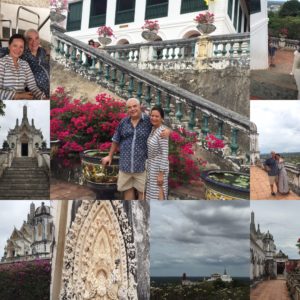
There were three peaks to the mountain, but we decided to visit just the Eastern Peak where the king’s residence was. We were not allowed to take photographs of the house, which was heavily decorated in European, Chinese and Thai styles. There were bronze and brass sculptures around, and ceramic objects from England, China and Japan. Despite the luxurious furniture and décor, the house itself seemed small and relaxing, and I could almost imagine the king and his wife enjoying the fantastic view from the dining room.
After a rather disappointing lunch at the only hotel in Pretchaburi, we decided to return to the Sheraton for more swimming before visiting the Starwood Lounge, this time eating at a leisurely pace and enjoying their champagne.
The next day, I convinced Andre to take the shuttle into town instead of a private car for a shopping and foot massage expedition. Before going to Thailand, I had told Andre that I wanted to visit the Jim Thompson store to pick out some bags for me and my girls. Ever the resourceful person, Andre had researched and found that there were two JT stores in Hua Hin, one at the Hilton Hotel and the other at Sendara Hotel.
Little did I realize that it was a long walk from the Clock Tower where we got off the shuttle to the Hilton Hotel, especially in the baking heat of the early afternoon sun. Poor Andre! With each step, I felt more and more guilty making him walk, seeing how he was suffering from the heat. After buying the bags, we searched for a suitable foot massage place but the one we chose was fully booked till evening. We then walked some more in search of an air-conditioned restaurant but each one we passed was not air-conditioned. My heart sank with each step I took. After buying a few items, we trekked back to the Clock Tower where we waited for the Sheraton shuttle. Andre looked exhausted and unhappy from the trip, and I made a mental note next time to follow his lead about shopping expeditions.
Back at the Sheraton, we enjoyed another late Thai dinner, packed our bags and slept early for the 7:30am pick up the next day. It was a truly wonderful trip, and Andre and I look forward to our next one. One thing I know for sure is that I will let Andre take the lead when it comes to travel. From planning the itinerary to choosing accommodations, making sure we had everything we would need for the trip bag tags and hats included, keeping me on schedule, and ensuring we did not forget our pasalubong, Andre is the perfect traveling companion. As for me, I need to rein in my spontaneity, trust him, relax and wait for his signal, “Here’s the drill, Monette” and dutifully follow him.
